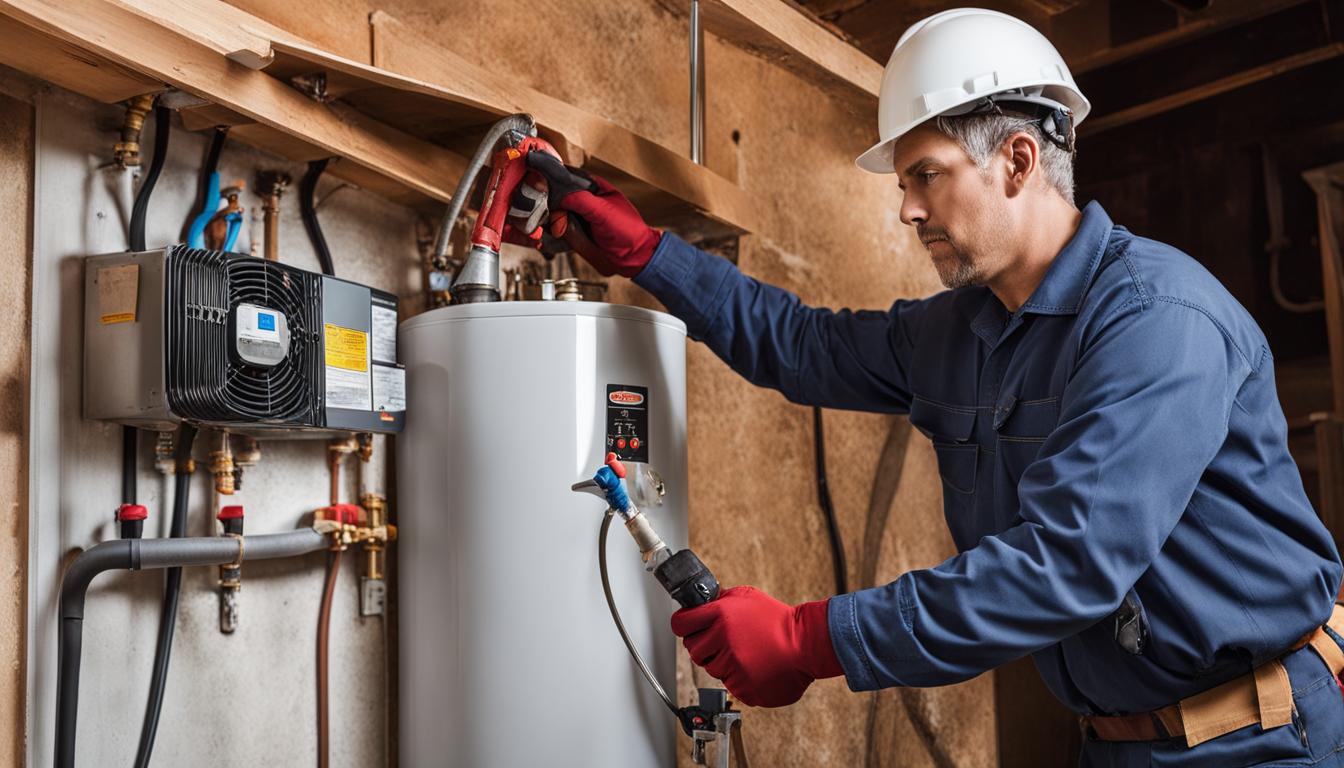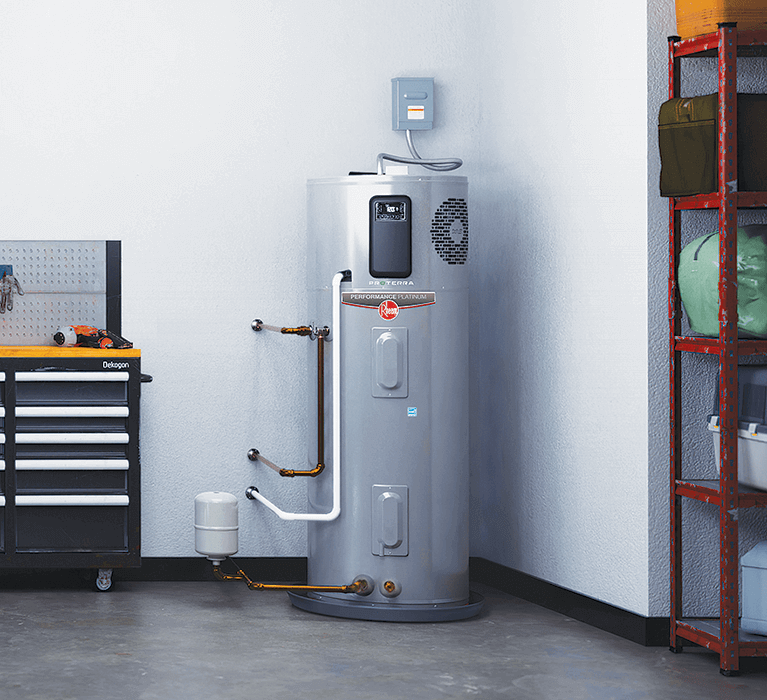Effective Techniques for Caring for Your Home's Hot Water SystemEffective Strategies for Maintaining Your Home's Hot Water System
Effective Techniques for Caring for Your Home's Hot Water SystemEffective Strategies for Maintaining Your Home's Hot Water System
Blog Article
How do you actually feel when it comes to How to Maintain a Hot Water Heater in a Few Simple Steps?

Hot water is essential for daily comfort, whether it's for a rejuvenating shower or cleaning recipes. To ensure your warm water system runs efficiently and lasts longer, normal maintenance is essential. This post supplies practical tips and insights on just how to keep your home's hot water system to prevent disturbances and costly repair work.
Introduction
Preserving your home's warm water system could appear difficult, yet with a couple of simple actions, you can guarantee it runs smoothly for years to come. This guide covers everything from comprehending your hot water system to DIY maintenance suggestions and understanding when to call in professional help.
Significance of Keeping Your Warm Water System
Normal upkeep not just expands the life expectancy of your warm water system however likewise ensures it operates successfully. Disregarding upkeep can bring about lowered effectiveness, greater power bills, and even premature failure of the system.
Signs Your Hot Water System Requirements Maintenance
Recognizing when your warm water system requires interest can avoid significant concerns. Watch out for signs such as irregular water temperature level, unusual noises from the heating unit, or rustic water.
Comprehending Your Hot Water System
Before diving into maintenance tasks, it's handy to recognize the fundamental components of your hot water system. Usually, this consists of the hot water heater itself, pipes, anode rods, and temperature controls.
Monthly Upkeep Tasks
Regular month-to-month checks can aid catch minor concerns prior to they escalate.
Purging the Hot Water Heater
Flushing your hot water heater eliminates sediment build-up, boosting effectiveness and prolonging its life.
Checking and Changing Anode Rods
Anode poles prevent deterioration inside the storage tank. Examining and changing them when worn is essential.
Evaluating and Changing Temperature Settings
Readjusting the temperature setups makes sure optimal efficiency and safety.
DIY Tips for Upkeep
You can execute a number of maintenance jobs on your own to keep your warm water system in leading condition.
Looking for Leaks
Consistently examine pipelines and connections for leakages, as these can result in water damages and higher costs.
Evaluating Stress Relief Valves
Examining the pressure safety valve ensures it works correctly and stops too much pressure accumulation.
Insulating Pipes
Shielding hot water pipelines reduces heat loss and can save energy.
When to Call a Specialist
While DIY upkeep is valuable, some problems call for professional competence.
Complex Problems Needing Specialist Assistance
Instances include significant leaks, electric problems, or if your hot water heater is consistently underperforming.
Regular Professional Upkeep Benefits
Expert maintenance can include thorough assessments, tune-ups, and making sure conformity with safety and security standards.
Final thought
Routine upkeep of your home's hot water system is important for effectiveness, long life, and price financial savings. By following these ideas and knowing when to seek expert aid, you can ensure a trustworthy supply of hot water without unexpected disruptions.
How to Maintain an Instant Hot Water Heater
Before tinkering with your hot water heater, make sure that it’s not powered on. You also have to turn off the main circuit breaker and shut off the main gas line to prevent accidents. Also turn off the water valves connected to your unit to prevent water from flowing into and out of the appliance. 2. When you’re done, you have to detach the purge valves’ caps. These look like the letter “T” and are situated on either side of the water valves. Doing so will release any pressure that has accumulated inside the valves while at the same time avoid hot water from shooting out and burning your skin. 3. When the purge valves’ caps are removed, you have to connect your hosing lines to the valves. Your unit should have come with three hoses but if it didn’t, you can purchase these things from any hardware or home repair shops. You can also get them from retail stores that sell water heating systems. Read the user’s manual and follow it to complete this task properly. When the hosing lines are connected, open the purge port’s valves. 4. You should never use harsh chemical cleaners or solutions when cleaning your unit. Make use of white vinegar instead. It should be undiluted and you’ll probably use about 2 gallons. 5. Now flush your water heater. This task should probably take about 40 minutes. We can’t give you specific directions for this because the procedure is carried out depending on the type, model and brand of your heater. With that being said, refer to the user’s manual. 6. When you’re done draining the unit, you have to turn off the purge port valves again. Remove the hosing lines that you earlier installed on each of the water valves. Put the valve caps (purge port) back in their respective places and be very careful so as not to damage the rubber discs that are found inside these caps. 7. Now that everything’s back in place, check your user’s manual again to find out how to reactivate your water heating system. 8. Once it is working, turn one of your hot water faucets on just to let air pass through the heater’s water supply pipes. Leave the tap on until water flows smoothly out of it. https://www.orrplumbing.com/blog/2014/september/how-to-maintain-an-instant-hot-water-heater/

I was shown that editorial on Tips For Maintaining Your Hot Water Heater from an associate on a different site. Enjoyed our piece of writing? Please share it. Let somebody else find it. I am grateful for being here. Revisit us soon.
Suggested Site Report this page